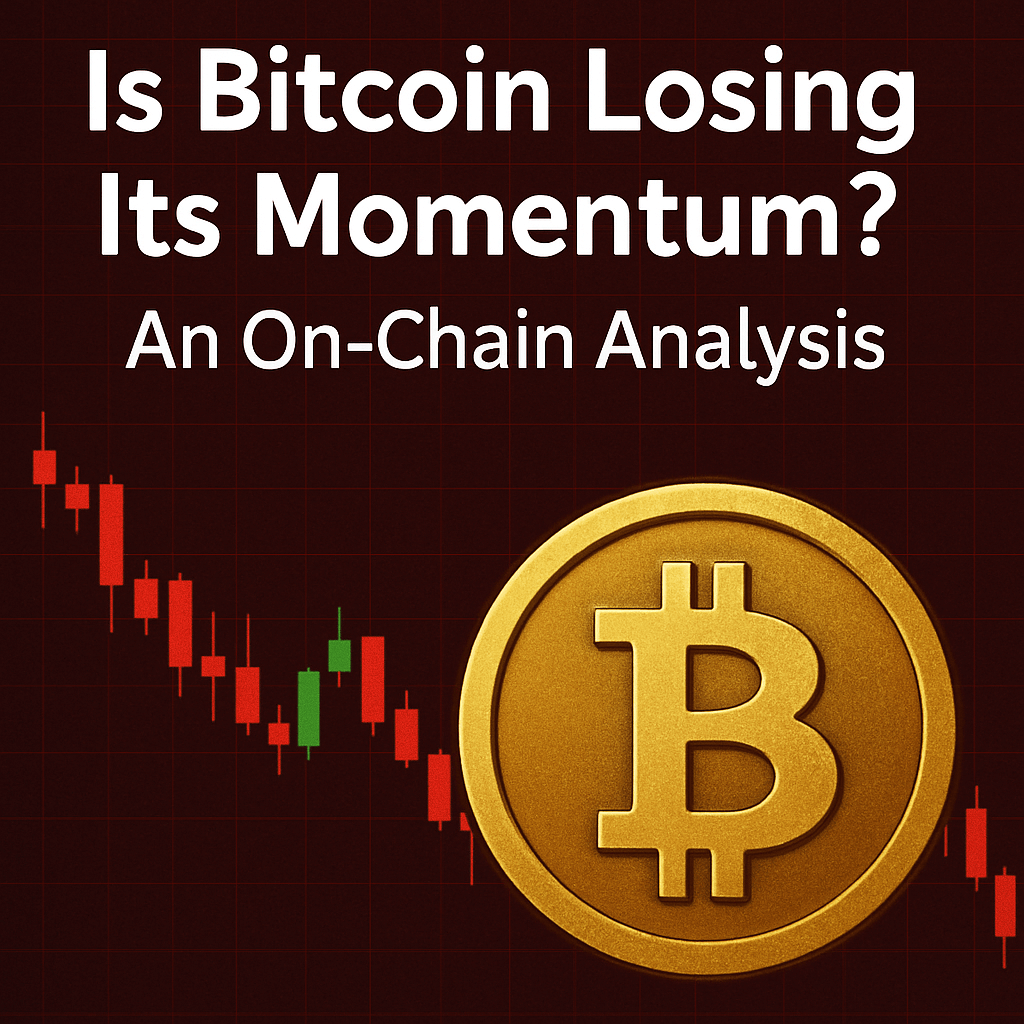Is Bitcoin Losing Its Momentum? An On-Chain Analysis

Current Price Action and Monthly Trend
Bitcoin is currently trading above $107,000 after briefly surging past a new all-time high of $111,000 on major spot exchanges. This pullback of 3.9% from the peak still leaves BTC with a monthly gain exceeding 10%, underscoring the persistence of the broader uptrend. While price oscillations often capture headlines, market participants are increasingly focusing on on-chain indicators to gauge the sustainability of this rally.
On-Chain Dynamics: UTXO Age Band Analysis
Unspent Transaction Output (UTXO) data provides a granular view of holder behavior by categorizing coins based on how long they have remained idle on the blockchain. Avocado Onchain’s recent analysis on CryptoQuant’s QuickTake platform highlights a subdued inflow from new entrants. Specifically, the share of UTXOs held for less than one month sits at approximately 20%, well below the 50%+ levels observed near prior cycle tops.
Key On-Chain Metrics Explored
- UTXO Age Distribution: Indicates coin dormancy and reactivation rates across different cohorts.
- SOPR (Spent Output Profit Ratio): Measures realized profits by dividing the selling price by the original purchase price of spent outputs.
- MVRV Z-Score: Assesses valuation extremes by comparing market value to realized value, normalized by standard deviation.
The 6–12 month age band has expanded, suggesting a majority of coins remain in mid- to long-term addresses. Historically, a contraction in this band preceded major cycle peaks as long-term holders rotated coins into newer hands.
Large Holder Accumulation vs. Retail Caution
Despite low retail participation, large-scale holders continue to accumulate. According to a May 29, 2025, update from CryptoQuant, addresses holding between 1,000 and 10,000 BTC (excluding exchange and miner wallets) have increased by over 5% month-on-month. These clusters often represent institutional investors or strategic whales, signaling confidence in Bitcoin’s long-term value proposition.
Liquidity and Order Book Analysis
Order book depth on leading exchanges such as Binance, Coinbase Pro, and Kraken shows notable bid-side support around the $105,000–$106,000 range, indicating strong interest at these levels. Conversely, ask-side liquidity thins out above $110,000, suggesting potential resistance zones if fresh capital does not enter the market. Low retail order flow often leads to higher bid-ask spreads and increased slippage for large orders.
Technical Indicators and Trend Analysis
From a technical standpoint, the daily Relative Strength Index (RSI) is approaching overbought territory above 70, while the weekly MACD histogram shows diminishing momentum. Bollinger Bands have contracted on the four-hour chart, implying reduced volatility ahead. Traders should watch for a potential RSI bearish divergence, which could foreshadow a deeper correction if confirmed.
Regulatory Landscape and Institutional Adoption
Institutional demand for Bitcoin continues to evolve amid regulatory developments. Recent SEC approvals of additional spot Bitcoin ETFs, including vehicles from BlackRock and Fidelity, have led to cumulative inflows exceeding $3 billion year-to-date. Grayscale’s conversion of its Bitcoin Trust to an ETF structure further solidifies institutional vehicles for market entry. These products may provide a structural floor for prices but depend on regulatory clarity and macroeconomic conditions.
Outlook and Potential Catalysts
- Bitcoin Halving: Scheduled for early 2028, this event typically precedes significant bullish cycles by cutting the supply issuance rate in half.
- Global Macro Factors: Central bank policy shifts, inflationary pressures, and geopolitical tensions could reignite demand for uncorrelated assets like BTC.
- Network Fundamentals: Continued growth in network hash rate, layer-2 adoption, and real-world use cases may attract new capital and diversify the holder base.
Without a notable uptick in participation from new investors, Bitcoin’s current momentum faces headwinds. Historically, fresh inflows have been critical to sustaining rallies in late-cycle phases.
Featured image created with DALL-E, Chart from TradingView